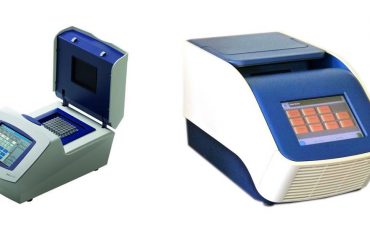How to choose a walker for a cerebral palsy child?
Cerebral palsy happens because of some brain injury at or during birth that leads to activity limitation. Both neurological and physical abilities vary from child to child, and the support required to help with walking varies. Walkers help in enhancing effectiveness, posture, and body stability.
Walkers help cerebral palsy children with their movement issues, including posture and balance. They also help the child bear weight on the legs, enhancing bone strength and decreasing the risk of fractures.
Types of walkers for a cerebral palsy child
There are many kinds of walkers for helping a child with cerebral palsy. Based on the symptoms and severity of the child, you can select the best walker.
Four-wheeled walkers for posture control
Such walkers consist of four posts, each of which consists of a wheel. They assist children who face problems in balancing and maintaining the right posture.
Two-wheeled walkers for posture control
This kind of walker consists of four posts, but only the front post consists of wheels, and the back post consists of only rubber tips. Because of the rubber tips, this walker helps you walk slowly with controlled mobility. This walker is best for those cerebral palsy children with serious balancing issues.
Suspension walkers
These walkers are best for those with both balancing and posture problems and cannot support their body weight while in an upright position. Such walkers consist of four posts and wheels on each and an overhead suspension frame.
Chest-supporting walkers
Walkers with four posts and wheels on each post and a chest-supporting system for stabilizing the trunk part. This is best for children who cannot use their arms as required for a general walker.
Important design features one should take into consideration before buying a walker.
If you want to select the best walker for your child with cerebral palsy, you should consider some vital design features.
• Handle Grips
A child hangs into handle grips in a walker while stepping forward with a walker, and these handle grips are available in various types. Selecting the kind of handgrip that caters to your child’s special needs helps alleviate pressure on their hands and wrist joints. For instance, select a large grip if your child finds it difficult to hold the grips using their fingers.
• Easy to carry
If you travel a lot with your family, then you need a walker with having portable design. It is best if you select a walker that is foldable and light in weight so that you can keep it under a car seat or in the car trunk.
• Material of the frame
As these walkers are for children, it’s best when the frames are lightweight and should be durable and corrosion-resistant. If you want an engaging walker for your child, go for a good-colored frame.
• Height adaptability
Several walkers offer height adaptability, facilitating long-term use. These walkers are best for those children having permanent disabilities. An adaptable walker facilitates consistent modifications when your child grows big, thus offering a cost-efficient solution.
Conclusion
Children having permanent or short-term disabilities, especially someone with serious motor impairments, are usually less active. They might also withdraw socially, especially in an environment where they cannot access and move securely. But some assistive devices can offer a cerebral palsy child the access they require. It helps them stay active, and exercise and movement are needed to stay healthy. But it’s important to choose the right walker based on the child’s condition and other factors.
For enquiries related to Artificial Pancreas Device System
Contact us as follows:
Phone Number – 9400630000
Whatsapp – 9447771361
Email – MediTvm@gmail.com




